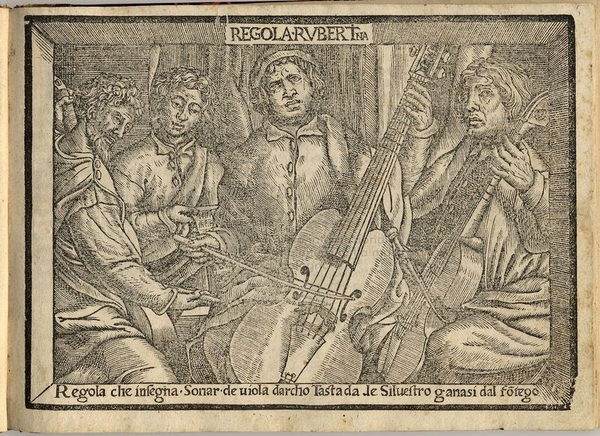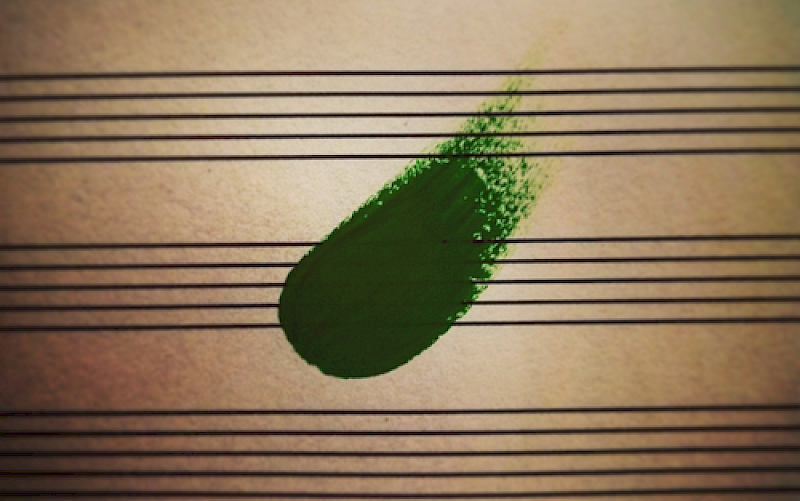
Diminutions, Divisions, and Doubles in Viol Literature
Diminutions, divisions, and doubles are essentially different words for the same practice in viol literature - ornamenting music by dividing notes into smaller notes. The practice varies in name based on its context: in Italian and Spanish music it is called diminution, in English music it is called division, and in dance movements from French suites it is called a double. The question then remains: why do these theoretically identical practices remain distinct in name? Are there other ways in which they differ? This exposition argues that there are indeed other ways in which these different families of diminution-style ornaments differ, and for this purpose it examines texts and scores from each group. For diminutions, the focus was Silvestro Ganassi’s “Opera intitulata Fontegara” (1535) and Diego Ortiz’ “Trattado de Glossas” (1553); for divisions, Christopher Simpson’s “The Division Viol” (1659); and for doubles, Marin Marais books of “Pièces de viole” (1686-1725). The first chapter is an explanation of the chronological history of these different practices, beginning with diminution during the Italian Renaissance, moving to England in the mid-17th century, and ending with Marais’ suites from the late-17th to early-18th centuries. The second chapter explains the contextual differences of each style (in which genre/musical setting it was applied). The third chapter explores stylistic elements that are unique to each style, and the fourth chapter discusses the implications this information has for the modern player of the viola da gamba.
Author: Alex Baker













